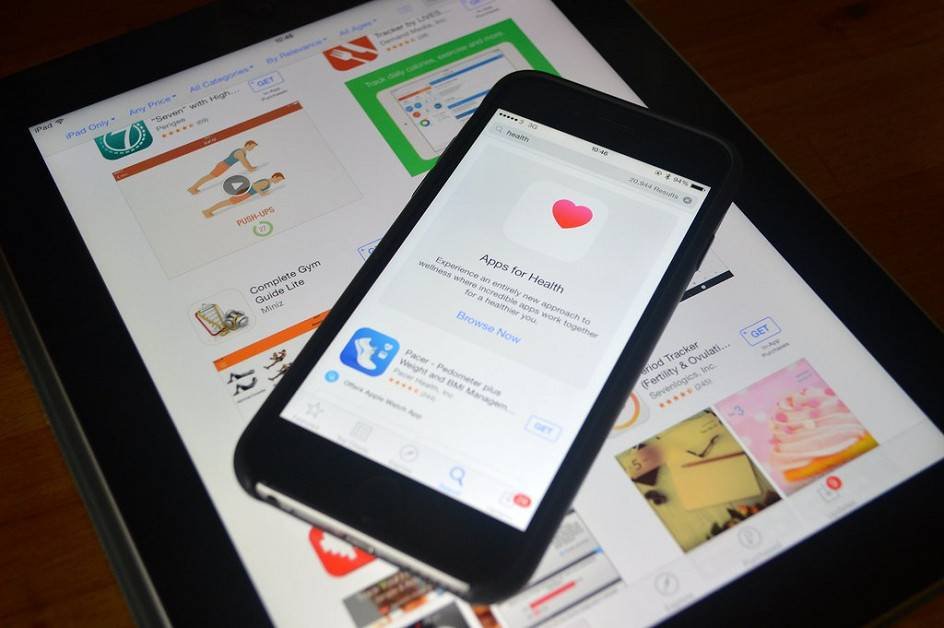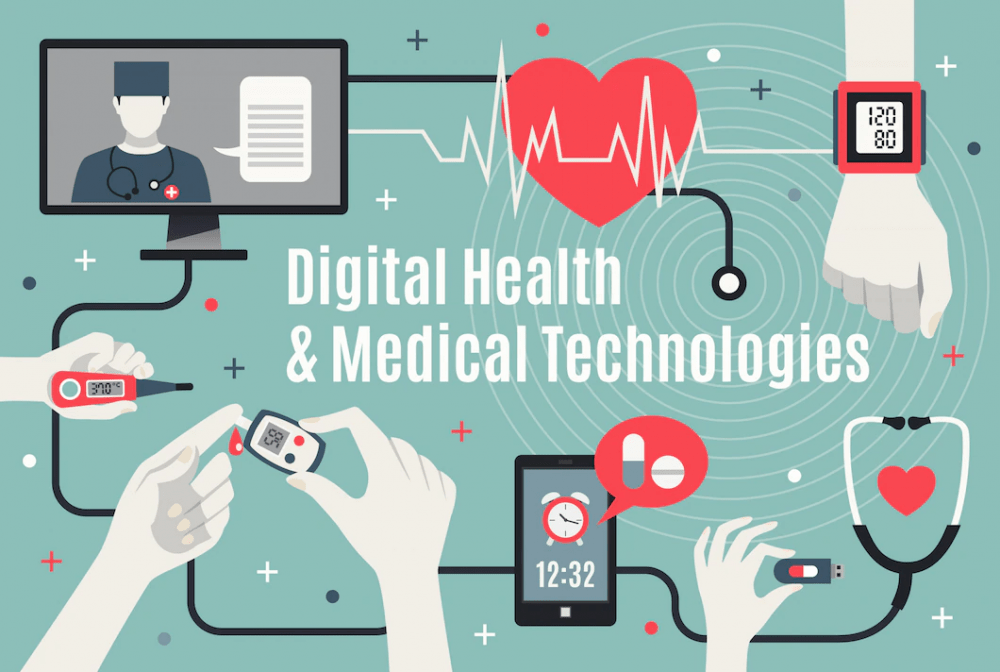A healthy lifestyle is key in today’s busy world. As more and more people pay attention to their health, wellness, mindfulness, and well-being, wellness apps have become a key component of maintaining mental fitness.
Wellness apps are trending today, which will strengthen their position in the future. Additionally, this trend has been fueled by COVID-19. COVID restrictions have limited access to gyms and personal training, and people are depending on virtual classes to stay healthy and motivated.
The mobile market supports the healthy living trend by providing a myriad of solutions that suit a range of wellness goals. Therefore, wellness app development services open up promising prospects in the healthcare industry.
This blog will help you with the types of wellness apps, how you can build your own wellness app, monetization models, and cost estimation.
Wellness Apps: Market Overview
According to the survey, the number of users of wellness apps increased from 62.7 million in 2018 to 87.4 million in 2020. Wellness and fitness apps were downloaded 656 million times in 2020.
The overall health-related apps market volume is expected to grow to USD 3,072 million at a CAGR of 7.2% from 2019 to 2023.
According to GlobeNewswire, the global wellness app development market is expected to reach $15.6 billion by 2028, indicating that exercise apps are here for the long haul. It is the best time to enter the productive wellness app development business.
Types of wellness apps

Meal planning and nutrition
Meal planning is an easy way to track your diet and overall nutrition. Users can carefully manage their consumption, reduce waste, try new recipes, etc. Food and nutrition apps allow consumers to choose accurate meal plans, and recipes and track nutritional information.
Popular meal planning and nutrition app: MyFitnessPal
Features of MyFitnessPal
- Macronutrients by Gram: Easily set how many macronutrients you want to consume, either in grams or percentages.
- Food analysis: MyFitnessPal app suggests whether your food is healthy or not.
- Different goals for the day: Conveniently set calorie and macronutrient plans for each day.
- Meal Timestamps: This feature helps users know how the timing of their meal intake improves their energy and overall health.
If you need to build an app like MyFitnessPal, you can read our comprehensive guide to developing healthcare apps for a better understanding.
Fitness and productivity
Fitness and productivity apps provide numerous resources to streamline your wellness goals, such as increased endurance, energy levels, hybrid strength, heart health, etc. Incorporating a fitness routine into your daily life will help you be fit and productive. In addition, wellness app developers create such apps that help you increase your physical activities and improve your concentration at work.
A popular app for fitness and productivity: Freeletics
Features of Freeletics
- Daily Recap: One of the core features of Freeletics is the daily recap. After completing the training, it will inform you about what you have achieved. It will motivate you and help you track your progress effectively.
- Comeback Week: There are many reasons that can discourage you from training. So the return week feature helps users organize their training goals. Users can choose fitness programs and achieve their goals in the desired time frame.
- Music: Owners of fitness app development service providers have made it possible to integrate your Spotify account directly into the Freeletics app without switching.
- Bonus: This feature allows users to share achieved goals with family and friends. Plus, you can share daily fitness and wellness messages to encourage them.
Choose the appropriate monetization model
Paid apps
Paid apps represent the simplest monetization model. The price of your wellness app should be set based on the type of app, features offered, multi-device support, content delivered, etc.
For more clarity, you can also read the complete guide to developing fitness apps.
In-app purchases
In-app purchases are another popular monetization method. In-app purchases can vary from offering professionally planned healthy lifestyle programs to purchasing small entities such as courses, weekly diet plans, or meal recipes to create a wellness app.
Freemium
Free to download, the application mainly contains basic features suitable for beginners. However, you can provide advanced features like personal training, workout videos, and diet plans to premium account users. The freemium monetization model is useful to reach your target audience as it provides free health tips for your end users.
Subscription
The subscription-based model works on annual payments. You can split the subscription price plan into weekly, monthly, quarterly, and half-yearly so that customers who cannot pay the full amount at once can choose the subscription plan according to their convenience.
Advertisements
Advertisements are the most effective monetization strategy because they attract customers and at the same time cooperate with other businesses. A business can offer to display advertisements within the corporate wellness application.
Sponsored content
The approach to monetizing sponsored content is similar to ads but more partnership-oriented. Companies can contact gyms, trainers, and nutritionists who create unique content. This strategy helps not only in building partnerships but also in building new fitness activities.
All of the monetization models mentioned above have their advantages. It will depend on the company’s business goals as to what approach it takes to get maximum profit from wellness app development.
How much does it cost to develop a wellness app?
It is challenging to accurately estimate the cost of developing a wellness app. It depends on the types of apps you choose, their complexity, and the features you incorporate into your wellness app.
However, creating an MVP can range from $25,000 to $40,000 for basic wellness app development. A feature-packed wellness app can cost around $60,000 to $160,000, depending on what features you include.
What are the benefits of the wellness app?
Wellness apps facilitate a healthy lifestyle and keep you motivated through activity tracking, sleep analysis, nutrition management, etc. It helps you increase productivity, stay calm, improve work relationships and stay stress-free by providing cognitive behavioral therapy.
How much does it cost to develop a wellness app?
The cost of developing a feature-packed wellness app can range from $60,000 to $160,000. However, if you plan to create an MVP (minimum viable product) for your wellness app, you may need to invest $25,000 to $40,000.


